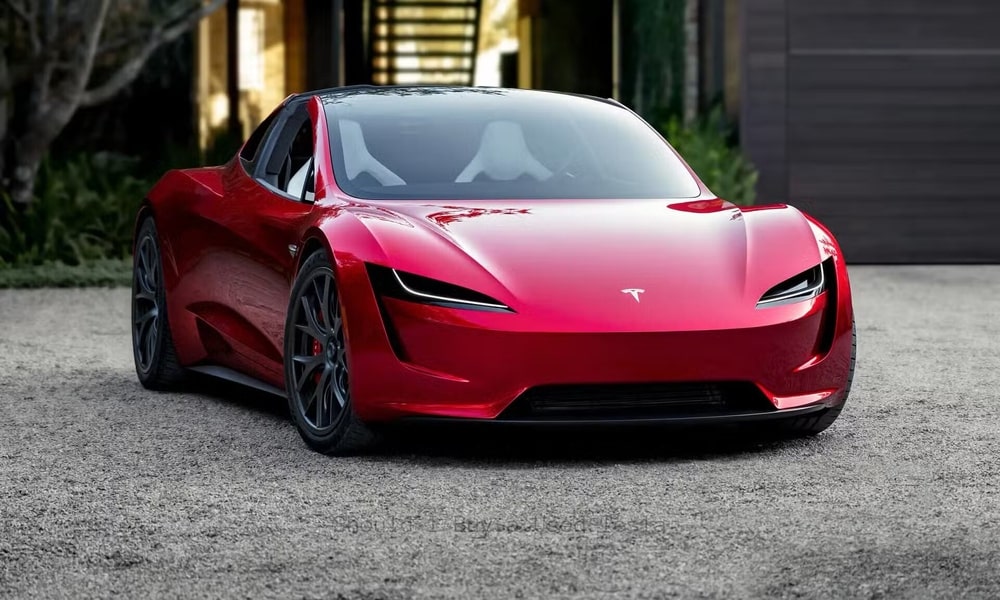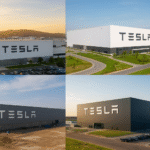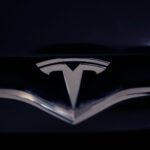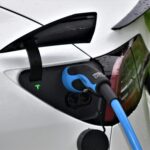Within the auto industry, Tesla is an icon of innovation. These electric vehicles stand out because of their innovative expertise, eco-friendliness, and high quality performance. May be unsure if investing in a Tesla is valuable for you or if you want to get into EVs. You may be also wondering: Should I buy a used Tesla? If so, let’s comprehend the pros, cons, and considerations to make an informed decision.
Consider used Tesla’s
1. Tesla advanced technology
Tesla’s EV modernism is central the pack. Features like Autopilot and over-the -air software upgrades, as well as seamless addition of smart phones, are all available. Teslas from older years often offer better technology than more recent models.
Tesla’s Full Self-Driving capabilities (FSD), although still far from being fully autonomous yet, continue to be improved by software updates. A used Tesla, for example, can get better with age. That’s a rare benefit in the automotive world. If you’re asking yourself, “Should I buy a used Tesla?” this ability to evolve is a compelling reason to consider one.
2. Affordability and used models
Teslas are expensive. They’re often not within the budget of most people. Buying a used model can help you save tens-of-thousands while maintaining premium EV characteristics.
Example:
- Model 3’s new price range is between $40,00 and $50.00.
- Model 3s are available from $25-$35k depending on mileage and age.
3. Environmental Impact
Choose a Tesla used to extend the vehicle’s life, and thus reduce its total carbon footprint. Because EVs produce more carbon dioxide, they have higher production costs. Maximizing their lifetime helps balance this.
Buying a used Tesla: Key considerations
1. Battery health
Why battery quality matters?
The single most crucial component of an electric car is its battery. Tesla batteries may be designed to last for years, but with time they can degrade. The battery’s health will improve the range of your Tesla and reduce charging stops.
How to measure battery performance?
Assessing battery health is easy.
- How to Review Range Reports: The vehicle’s dashboard displays its estimated distance. You can compare it to the original EPA mileage for that car model to get a better understanding of degradation.
- Diagnose your battery using diagnostic tools: Tesla services centers and third party tools, like Scan My Tesla (available from Scan My Tesla), can offer detailed reports.
- Driving Condition: Frequent deep-discharges and fast charging’s can cause battery damage. Review the usage history for your car if it is available.
2. Checking for warranty status
Original transferability warranty
Tesla’s warranties on batteries and engines can range from 8 to 16 years depending on which model you have. These warranties often transfer to subsequent buyers, providing peace-of-mind.
Extended service warranty options
Tesla’s extended warranty covers all major vehicle components. If you want to know if the Tesla model that interests you qualifies, do some research.
Understanding software updates
Tesla’s updates over the air allow older cars to have new functionality. Nevertheless, some models or configurations will not receive software updates if the owner hasn’t upgraded their hardware.
Costs and maintenance
1. Reduced operating costs
Tesla’s low running costs is one of its main benefits. It’s not necessary to perform oil changes or repairs on the spark plugs and exhaust systems. In general, maintenance revolves around brake pad and tire replacements.
2. Potential hidden costs
Insurance prices
Tesla Insurance is expensive due to the following:
- Repair prices are higher than usual (body shops that have Tesla certification can charge a premium rate).
- Costly replacement parts for example, the battery or body panels.
3. Charging Infrastructure
It can cost between $500 and $2000 in order to install a home-charging station, depending on what electrical work you must done. Tesla Superchargers may be extensive but they can also increase the cost of home charging.
Model-specific considerations
1. Tesla Model 3
Model 3 is Tesla’s slightest costly car. It is small but has enough room for small families. There are several important factors to consider:
- Consider software programs like Autopilot FSD. They could cost more to activate in the future.
- The battery improvement in newer models could cause older ones to have a shorter driving distance.
2. Tesla Model Y
Model Y has a similar size to the Model 3 and a more spacious cargo area. It also features reclining seats. You can’t go wrong with this car if utility is your top priority.
Common concern:
- Model Y models that weigh more can show accelerated wear on the suspension.
- The heat pump will improve efficiency if it is functional.
3. Tesla Model S
Model S was Tesla’s first luxury sedan. Model S’s older models may be powerful and have long ranges. However, they lack many modern informational features.
What should you check?
- Media Control Units (MCU) may need to be updated in some older models.
- Replacement of suspension air springs is costly and can cause them to break down.
4. Tesla Model X
Model Xs falcon-winged door and spacious interior are two of its most distinctive features. Ideal for families with extra cargo, but higher costs of maintenance and repair.
Additional costs and considerations
1. Charging charges
Cost-effective charging at home costs between $10 and $15 for 300 miles. Comparing this cost to the fluctuations in gas prices will show you long-term savings.
2. Unlocking – software unlocking
Tesla’s features that require payment, like Full Self-Driving mode or other performance modes, can be locked behind a paywall. Verify that these features will be included in your car, or whether you need to buy them.
Final check
1. Professional inspection
Hire a technician who has experience with EVs. They can check the battery, drivetrain and electric systems. Tesla-specific technicians, or Tesla Service Centers are ideal.
2. Drive a Tesla used
While test driving:
- Test cruise control, autopilot systems and Autopilot.
- If you hear unusual noises in the vehicle (especially the motor, battery pack and/or batteries), check for them.
- Consider the state of interior damage.
Conclusion
If still you’re wondering, “Should I buy a used Tesla?” the answer will be must based upon your priorities. A Tesla used can offer cutting-edge driving technology, while costing a small fraction of that of a model new. You will need to take into account factors like the health of your battery, warranty information, and other costs. You should do extensive research and conduct a thorough inspection. You can also get important insights from the Tesla community.




